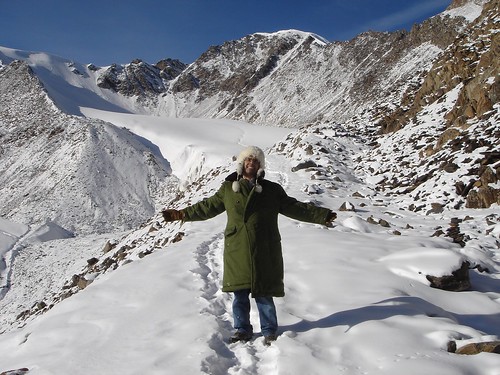Population
According to estimates projected from a random sample of the population at the end of 2003, the total population of Xinjiang was some 19,339,500. This was an increase of about 287,600 or 1.5 percent year on year.
Urban residents had increased in number by 3.2 percent to some 6,651,100 with the rate of urbanization up 0.6 percentage points at 34.4 percent. There were 12,688,400 rural residents up 0.7 percent.
In terms of the gender split, males made up 51.4 percent of the population at 9,942,400 compared with 9,397,100 females.
Birth rate was 16.0 per thousand, mortality rate was 5.2 per thousand and the natural growth rate of the population was 10.8 per thousand in 2003.
Ethnicity
The largest ethnic group comprises some 7,497,700 Han people, accounting for 40.6 percent of the population of Xinjiang. The remaining 10,964,900 people or 59.4 percent, represent no fewer than 47 ethnic minority groups. Thirteen of the ethnic groups have lived in Xinjiang for centuries. These are the Uygur, Han, Kazak, Hui, Mongolian, Kirgiz, Tajik, Xibe, Ozbek, Manchu, Daur, Tartar and Russian peoples.
Education
In 2003, there were some 147,600 undergraduates enrolled in 26 general universities across the region. The number from ethnic minorities had increased 6 percent to 65,100. The overall figure was up 11.6 percent on the year before and included 3.3 percent new entrants at 43,100.
There were 3,629 graduate students enrolled in 9 universities or research institutes. This was up 45.5 percent on the previous year and included 1,664 new entrants, up 50.7 percent. Among the graduate students, the number from ethnic minorities had increased 42.5 percent to 332.
The 78 Secondary Polytechnic Schools had a combined roll-call of 71,500 students, down 14.8 percent on the year before. Secondary Vocational Schools also saw their numbers drop, in this case by 10.8 percent to 45,300. However the 500 general senior secondary schools were up 15.7 percent with 315,200 enrolled students, including 126,200 new entrants, an increase of 11.3 percent. General junior secondary schools’ enrollments were up by 6.3 percent at 1,133,400.
List of universities in Xinjiang
Xinjiang Agricultural University (新疆农业大学)
Xinjiang Arts Institute (新疆艺术学院)
Xinjiang University (新疆大学)
Xinjiang Medical University (新疆医科大学)
Xinjiang University of Finance & Economics (新疆财经大学)
Changji College (昌吉学院)
Kashi Teachers' College (喀什师范学院)
Shihezi University (石河子大学)
Tarim University (塔里木大学)
Yili Normal College (伊犁师范学院)




















